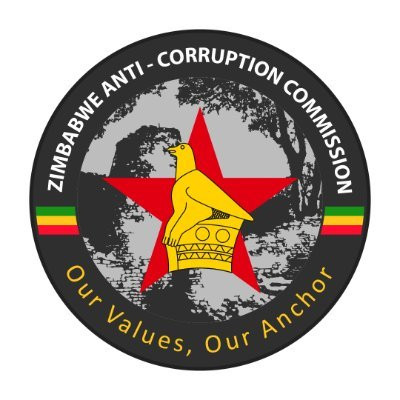
The European Union has opened the door for local firms to access €150 billion (about US$162,55 billion) in funding opportunities from the bloc for power projects that could solve Zimbabwe’s energy crisis.
EU’s top diplomat to Harare, Jobst von Kirchman, who spoke exclusively to the Zimbabwe Independent at the 5th International Renewable Energy Conference and Expo this week, said funding opportunities for investments in independent power projects (IPPs) were available, but access had been limited by the country’s debt overhang.
Harare is battling to come up with a debt clearance plan enabling it repay about US$14 billion in foreign commitments.
The debt has ballooned since Harare stopped servicing it in 1999.
A significant part of the debt is owed to lenders including the Paris Club and the World Bank.
It is part of a combined US$17,5 billion national debt, which Zimbabwe is currently working with the African Development Bank to find a clearance plan.
This week, von Kirchman said the EU had a €150 billion (about US$162,55 billion) facility that has been availed to finance investments in Africa under the Global Gateway initiative, running between 2021 and 2027.
Under the initiative, Brussels will mobilise €300 billion (about US$325,1 billion) to help global economic recovery.
- Mavhunga puts DeMbare into Chibuku quarterfinals
- Bulls to charge into Zimbabwe gold stocks
- Ndiraya concerned as goals dry up
- Letters: How solar power is transforming African farms
Keep Reading
“If that €150 billion was divided equally among the 54 countries in Africa, that means nearly €3 billion (about US$3,35 billion) could go to Zimbabwe,” von Kirchman told the Independent.
“Sadly, Zimbabwe has arrears which limit the amount of funding. Zimbabwe is currently in arrears. Zimbabwe, over the years, took loans from banks and did not pay them back,” he said.
He said there were opportunities for private companies to tap into EU funding.
“The financing institutions cannot lend to the state,” von Kirchman said.
“They can only lend to the private sector. Our bank, the European Investment Bank, which is the biggest bank for lending in the world by the way, is ready to support the private sector.
“But it has to be a private sector project,” he added.
“It is important for companies to understand that if they want to access our funding, it cannot be a private/public partnership, it has to be purely private.
“Purely private sector also means, for example, that if you produce energy like 300 megawatts (MW) you cannot feed it back into the (national) grid and make the government pay for that energy because that would be a business model based on the government, leading to pay.”
The conference is annually organised by Alpha Media Holdings (AMH), publishers of NewsDay, Zimbabwe Independent and The Standard newspapers. It also owns digital broadcaster, Heart & Soul Broadcasting Services.
Following a dire power crisis, Zimbabwe sees IPPs as a solution to addressing its energy deficit.
In December 2023, the Ministry of Energy and Power Development said about 28 IPP projects had been approved, with 130 still awaiting government nod.
The reason for low approvals was that the projects were not bankable for short or long-term funding.
“I saw what the energy production in Zimbabwe is,” the EU envoy said.
“I saw that in terms of renewable energy, the numbers are on hydropower, followed by solar then a little bit of wind.
“I think that is probably realistic (projects that the EU would fund).
“There is also a possibility of green hydrogen that is always possible.
“It is also a possibility to set up a power plant that is purely dedicated to an industrial zone where you only produce electricity for private use,” he added.
Kirchman said the EU had appetite for supporting private players intending to transition to renewable energy in Zimbabwe in a transformative way.
He added that companies could establish power facilities with EU support and feed into the Southern African Power Pool (SAPP).
"SAPP can redistribute the electricity to Zimbabwe and other countries. Zimbabwe is among those countries where they have to import electricity and I think that could be a model which works,” Kirchman added.
According to SAPP, the country has an installed capacity of 2 412MW but only has an operating capacity of 1 400MW.
This is against peak demand of 1 900MW and an average deficit of over 500MW.
Climate change has reduced Zimbabwe’s key hydroelectric power output.
Zimbabwe Power Company (ZPC) managing director Nobert Matarutse told the conference that other energy sources must be explored.
“Water is the key raw material in the hydro power generation process. It is the source of the energy to be converted to electrical energy.
The water utilised at Kariba South Power Station is allocated by the Zambezi River Authority. Normal year water allocation is 20 billion cubic metres – 5 000 Gwh (gigawatt hours) -570MW average generating capacity. The 2024 water allocation is eight billion cubic metres (1 803Gwh),” he said.
“The major cause of the reduction in water allocation is the shift in weather patterns and more prevalence of drought conditions over the Zambezi Basin. We have seen a pattern of persistent drought over the past five years.
Indications are that the drought conditions are likely to persist into 2025 as the El Nino phenomenon continues.”







